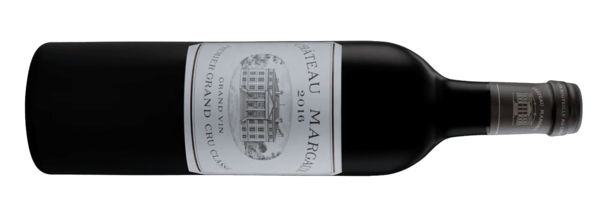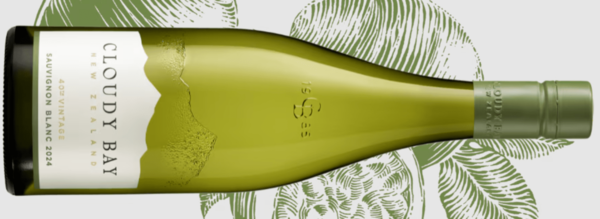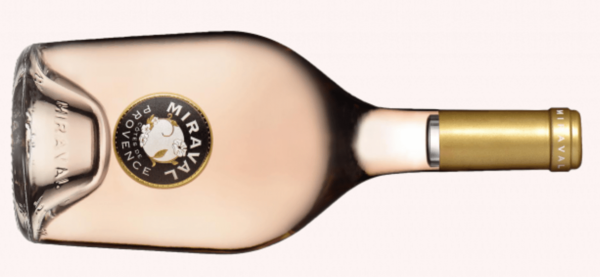Wine contains hundreds of aromas within a single bottle. While the aging period and production area do influence the wine, the most decisive factor is the type of wine. Wines are divided into red, white, rose, sparkling, and dessert, each with distinct differences in taste, aroma, and texture, not just color. Understanding these characteristics allows for more accurate selection of wine that suits one’s palate.

Red wine is made by fermenting the grape skins and seeds together. During this process, ‘tannins’ are produced, leaving an astringent taste that tightens the tongue. Tannins give structure to the wine and become smoother over time with aging. It features complex flavors, from dark fruit aromas like cherry, plum, and blackberry to earth, leather, and spices.
Body weight varies depending on the grape variety and production site, from light to heavy bodied. Pinot Noir is on the lighter side, while Cabernet Sauvignon is closer to full-bodied. Generally, it is best consumed at 15-18 degrees Celsius, with lighter wines suitable at even lower temperatures.

White wine is produced by fermenting only the grape juice without the skins. It has clear acidity and a light body. It blends bright fruit aromas like apple, pear, lemon, and lime with delicate floral and herbal scents. Most have a light body, but wines like oaky Chardonnay possess a medium weight body.
White wine is served at cooler temperatures than red wine. The optimal range is between 8-12 degrees Celsius and it is frequently paired with salads or seafood.

Rose wine is created by briefly contacting red grapes with the skins, giving it a pale pink color. It has characteristics that fall in between red and white wine. Strawberry, cherry, and raspberry scents are joined by fresh floral aromas. The body is light and refreshing, with popularity peaking during the summer months.
It is generally served at a cool temperature, around 8-12 degrees Celsius, and pairs well with picnics, barbecues, and light foods.

Sparkling wine traps carbonation within through a secondary fermentation process. Champagne is a notable example. The bubbles release fruit aromas like lemon, apple, and pear, along with yeast, toast, and nutty notes. While the body is typically light, aged champagne or crémant offers a more complex weight.
Sparkling wine is served at the coldest temperatures among wine varieties, typically at 6-8 degrees Celsius, and pairs well with seafood or cream cheese.

Dessert wine is known for its high sugar content. It is made by harvesting late, pressing frozen grapes, or reducing water with mold to concentrate the sugars. Ice wine and noble rot wine are prime examples.
It showcases intense aromas like honey, caramel, dried apricots, figs, and nuts, with a heavy body. The sweetness and aromas are concentrated, making it a wine to savor slowly in small sips.
The ideal serving temperature is 6-8 degrees Celsius. It often accompanies pâté, blue cheese, and fruit tarts.
The world of wine is complex, but understanding the characteristics of each type broadens the range of choices significantly. From grape varieties, wine colors, fermentation methods, to serving temperatures—everything is interconnected in a bottle of wine.